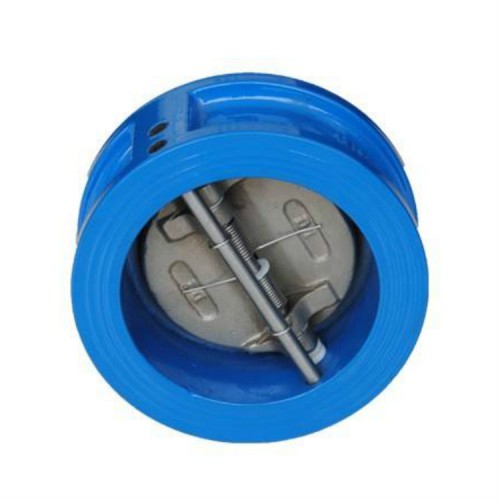Design and Specifications for 100mm Flange Applications in Various Industries
Understanding the 100mm Flange A Comprehensive Overview
In the realm of engineering and manufacturing, flanges play an integral role in ensuring the secure and efficient connection of various mechanical components. Among the numerous types of flanges available, the 100mm flange is particularly significant due to its widespread application across multiple industries, including plumbing, petrochemicals, and HVAC systems. This article aims to provide a comprehensive overview of the 100mm flange, exploring its design, applications, and advantages.
What Is a Flange?
A flange is a mechanical component that connects two parts of a piping system and serves as a method for assembling them. Typically equipped with holes for bolts, flanges provide a strong joint, allowing for ease of assembly and disassembly. Flanges are usually made from a variety of materials such as steel, plastic, or metal alloys, depending on the applications and environmental requirements.
The 100mm Flange Specifications and Types
The designation 100mm refers to the nominal diameter of the flange, indicating that it is suitable for use with pipes that have an outer diameter of approximately 100mm. This size is often found in standard systems, leading to a high demand in the market. When discussing flanges, specifications such as pressure rating, material type, and flange class (like ANSI/ASME, DIN, or JIS) are essential, as they dictate the operational capacity and compatibility within a system.
There are various types of 100mm flanges, including
1. Slip-On Flange This type easily slips over the pipe and is then welded in place on both the outer and inner sides. Slip-on flanges are easy to align and can accommodate a range of pipe thicknesses.
2. Weld Neck Flange This flange has a long tapered hub that provides high strength and is typically used in high-pressure applications. The flange is welded to the pipe to provide a strong and durable connection.
3. Blind Flange These flanges are used to close the end of a piping system. A 100mm blind flange provides a secure barrier, preventing fluid from escaping the pipeline.
4. Socket Weld Flange Similar to slip-on flanges, these are designed to be inserted into a socket and welded in place. They are often used in small-diameter pipes where high strength is needed.
Applications of the 100mm Flange
The 100mm flange is widely used in a variety of applications due to its versatility and reliability. Common applications include
100mm flange

- Water Supply Systems In municipal and industrial water supply networks, 100mm flanges are employed for connecting pipes, valves, and other equipment
.- Chemical Processing In chemical plants, 100mm flanges offer a secure connection for pipelines handling various corrosive fluids, ensuring the integrity of the system.
- HVAC Systems Air conditioning and heating systems utilize 100mm flanges to connect ductwork and equipment, playing a vital role in maintaining air circulation and efficiency.
- Oil and Gas Industries The robust nature of 100mm flanges makes them an excellent choice for applications in the oil and gas sector, where safety and reliability are paramount.
Advantages of Using 100mm Flanges
The 100mm flange offers a multitude of advantages, including
1. Ease of Installation The design of the flange permits easy alignment and installation, saving time and labor costs during assembly.
2. Durability Flanges, especially those made from high-quality materials, are designed to withstand heavy pressure and extreme temperatures, making them suitable for a wide range of applications.
3. Flexibility With various types of 100mm flanges available, users can select the most appropriate type for their specific needs, ensuring optimal performance.
4. Accessibility Given its standard size, replacement parts and accessories are readily available, making maintenance and repairs more convenient and reliable.
Conclusion
The 100mm flange is a crucial component in numerous industrial applications, providing the flexibility, durability, and reliability essential for modern engineering needs. Understanding its specifications, types, and applications can help engineers and technicians make informed decisions when designing and implementing piping systems. Whether in water supply, chemical processing, HVAC, or oil and gas industries, the 100mm flange remains an indispensable element of mechanical assemblies, ensuring safety and efficiency.
-
The Key to Fluid Control: Exploring the Advantages of Ball Valves in Industrial SystemsNewsJul.09,2025
-
The Versatile World of 1, 2, and 3 Piece Ball ValvesNewsJul.09,2025
-
Stainless Steel Ball Valves: The Ideal Choice for Efficient Flow ControlNewsJul.09,2025
-
Optimizing Fluid Control with Ball Float ValvesNewsJul.09,2025
-
Manual Gate Valves: Essential for Control and EfficiencyNewsJul.09,2025
-
Everything You Need to Know About Butterfly ValvesNewsJul.09,2025
-
The Versatility of Wafer Type Butterfly ValvesNewsJul.08,2025




